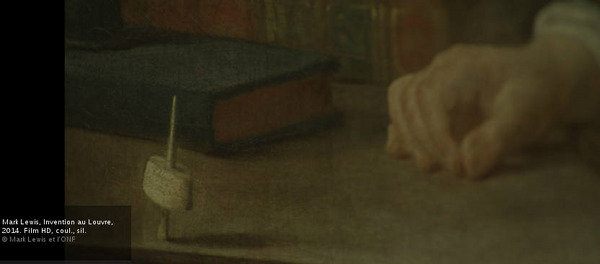Mark Lewis
dal 8/10/2014 al 4/1/2015
Segnalato da
8/10/2014
Mark Lewis
Musee du Louvre, Paris
Invention at the Louvre. The artists has created three new films based on the museum collections. Painting, photography, and cinema engage in silent conversation in his films.

Organized by Marcella Lista
From his earliest work in the 1990s, the art of Mark Lewis seems to have traveled backwards through the history of images. Painting, photography, and cinema engage in silent conversation in his films.
By referring to the Lumière brothers, the Canadian artist places optical exploration at the heart of the artistic experience. A new temporal space is created, where the paths of the eye and memory, the blended times of moving images, and the internal durations of perception all intersect.
With “Invention at the Louvre,” Mark Lewis has created three new films based on the museum collections. Observing The Blessed Ranieri Frees the Poor from a Prison in Florence by Giovanni Sassetta, Child with a Spinning Top, by Chardin, or the gallery of the Venus de Milo, the artist rekindles an age-old tradition of artistic literature, that of the imagined movement. In his review of the Salon of 1763, Diderot invited the viewer to look right into the heart of paintings through an opera glass; Goethe recommended rapidly blinking the eyes to watch the Laocoon group at the Vatican flicker to life; in his poem The Painter, Girodet identifies with the myth of Pygmalion, aspiring to breathe life into images. Mark Lewis suggests that film came before cinematographic technology, invented in the eye of the viewer.
The exhibition presents the following artworks:
Pyramid
8 min 18 s
Child with a Spinning Top
(Auguste Gabriel Godefroy)
4 min 39 s
The Night Gallery
4 min 50 s
In Search of the Blessed Ranieri
29 min
Press contact:
Coralie James tel +33 (0)1 40205444 coralie.james@louvre.fr
Musée du Louvre
Under the pyramide Quai du Louvre Paris
Opening hours:
Every day from 9 a.m. to 6 p.m., except Tuesday.
Night opening until 9:45 p.m. on Wednesdays and Fridays
Admission:
Included with museum ticket: €12



